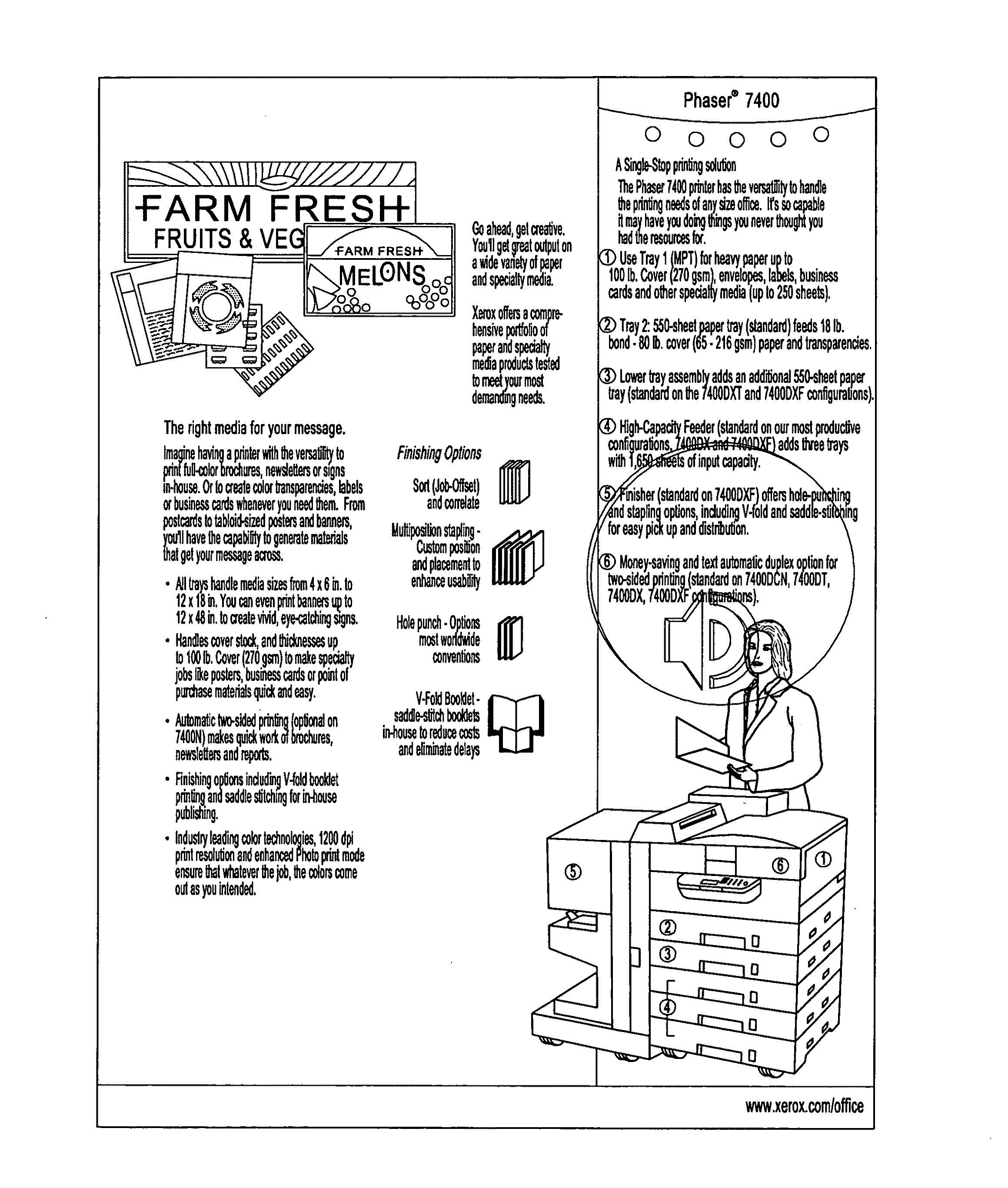Embedded media markers and systems and methods for generating and using them
a technology of embedded media and markers, applied in the field of embedded media markers, can solve the problems of large display size, inability to play dynamic media such as video and audio, and inability to match paper's high resolution,
- Summary
- Abstract
- Description
- Claims
- Application Information
AI Technical Summary
Benefits of technology
Problems solved by technology
Method used
Image
Examples
embodiment
of EMM placement procedure and algorithm
1. EMM Placement Rules and Procedures
[0073]In accordance with one or more embodiments of the invention, the EMM authoring process may involve loading the original document to an EMM authoring editor. The entire local image feature of each page can then be extracted and subsequently stored to temporary memory. After receiving a link point and the linked medium from the user, the process may then determine the size and the position of the EMM using the local image feature in the temporary memory; determine the local image features within the EMM, be operable to receive a save and / or a print request after edits from the user, and subsequently store the local image features within the EMM and the linked medium URL or file into the database. The feature database structure for the process may include the ID number of the EMM, a set of local image features, with each feature including a set of vectors corresponding to key points, and a local or inter...
PUM
 Login to View More
Login to View More Abstract
Description
Claims
Application Information
 Login to View More
Login to View More - R&D
- Intellectual Property
- Life Sciences
- Materials
- Tech Scout
- Unparalleled Data Quality
- Higher Quality Content
- 60% Fewer Hallucinations
Browse by: Latest US Patents, China's latest patents, Technical Efficacy Thesaurus, Application Domain, Technology Topic, Popular Technical Reports.
© 2025 PatSnap. All rights reserved.Legal|Privacy policy|Modern Slavery Act Transparency Statement|Sitemap|About US| Contact US: help@patsnap.com



